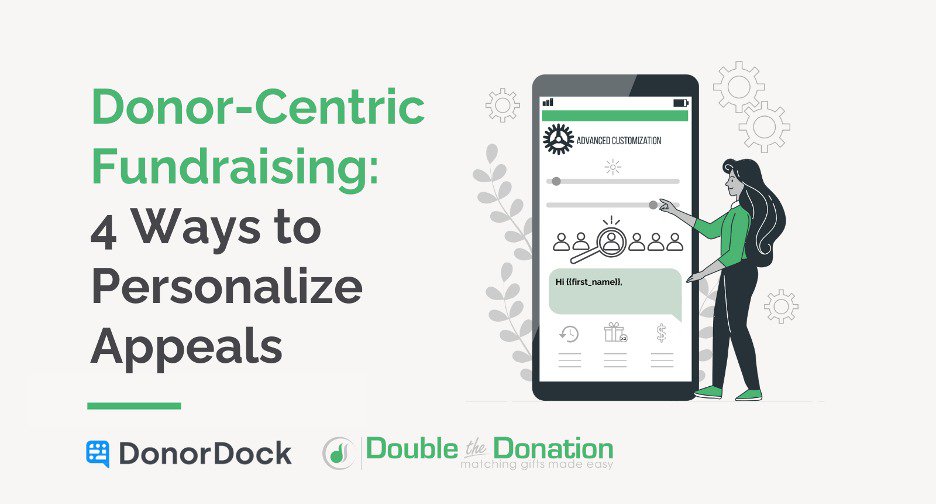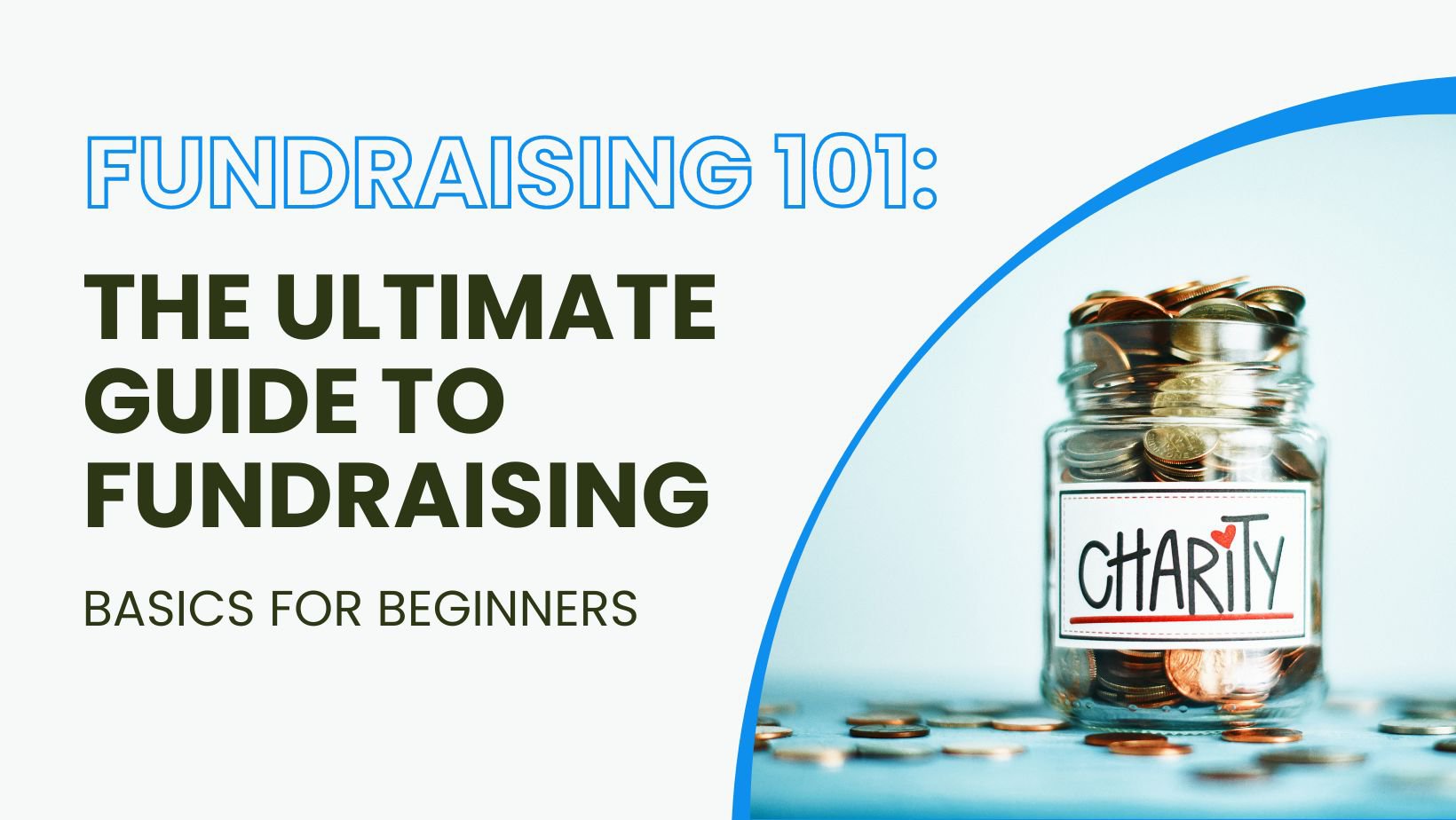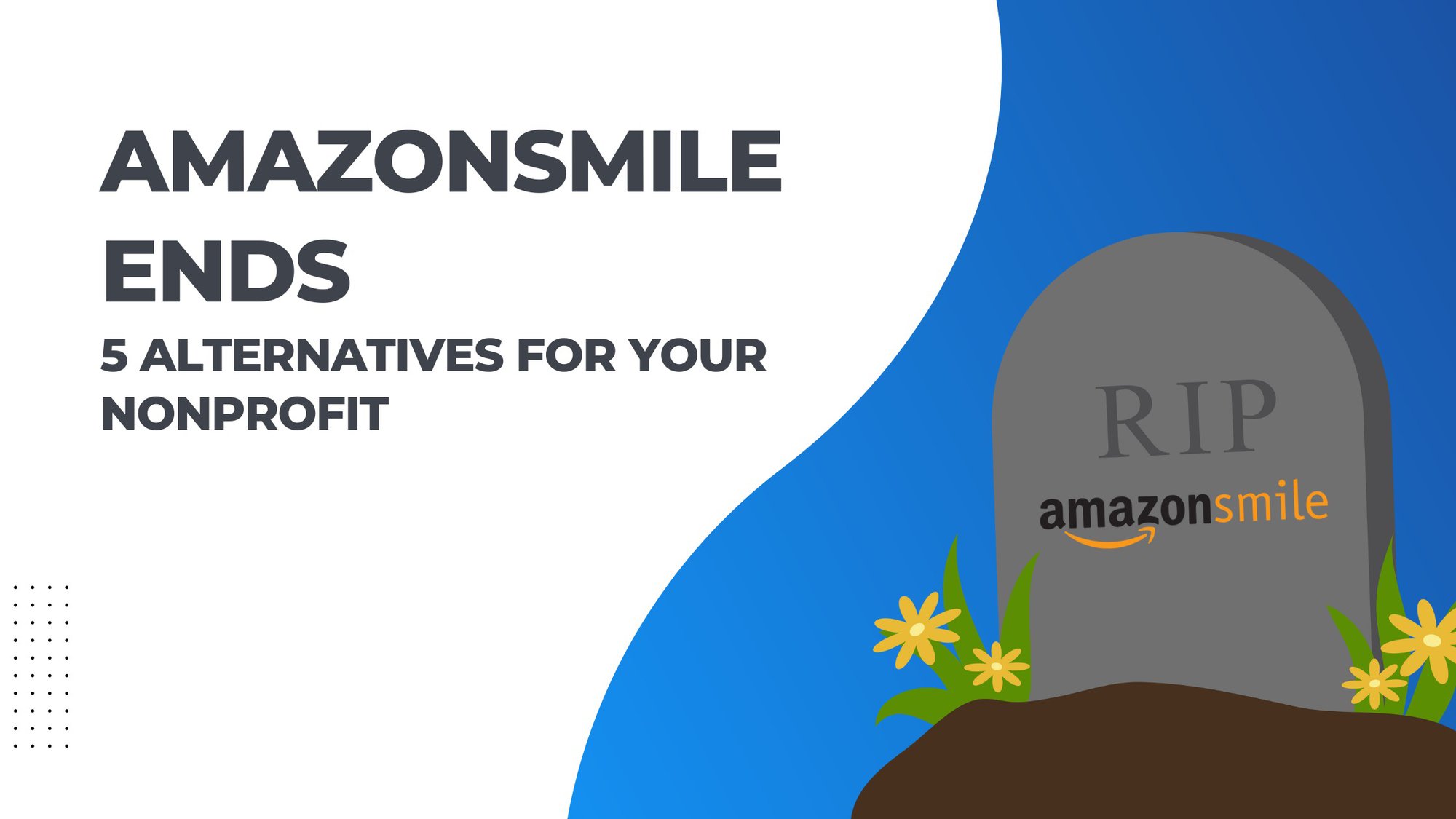Just like in any other field, the nonprofit world has its own words and phrases that might sound a bit confusing at first. But don't worry, we're here to help! We've created this glossary to explain 25 common terms used in the nonprofit world. By the end of it, you'll be speaking nonprofit language like a pro! Let's get started!
Nonprofit Glossary Index
- 501(c)3
- Advisory Board
- Appeals
- Board of Directors
- Campaigns
- Corporate Philanthropy
- Donation Matching
- Donation Pages and Forms
- Donor Conversion Rate
- Donor Intent
- Donor Persona
- Donor Lifecycle
- Donor Management
- Donor Retention
- Email Marketing for Nonprofits
- Fund
- Fund Accounting
- Giving Days
- GivingTuesday
- Major Gift
- Nonprofit CRM
- Nonprofit Organization
- Not-for-Profit Organization
- Principal Gift
- Year-End Giving
- Year-End Giving Appeal
501(c)3
- 501(c) is an IRS tax code that exempts organizations from taxes. There are different sections under this code that an organization can qualify for depending on their purpose or work.
- 501(c)3 is the most familiar entity under the IRS tax code 501(c)
- Organizations that meet the requirements of this code are exempt from federal income tax, while the IRS recognizes more than 30 types of not-for-profit organizations, only those that qualify for 501(c)3 status have donations that are tax deductible for the donor. They must be corporations, funds, or foundations that operate for religious, charitable, scientific, literary, or educational purposes.
Advisory Board
- An advisory board is a volunteer board that supports a nonprofit’s director and/or governing board. Members offer expertise and knowledge to help manage different aspects of the nonprofit; however, they do not have any legal responsibilities or decision-making authority.
Appeals
- Appeals are the specific way you ask for donations. Types of appeals include events, email or direct mailing campaigns, online giving pages, etc. When you track what appeals have the most success, you’ll be better able to prioritize the “asks” that connect with your donors.
Board of Directors
- A board of directors is an elected group of people who oversee a nonprofit organization. The board is responsible for making sure the nonprofit complies with legal and ethical standards. They also set the nonprofit's mission and vision statement, asses its strategies, and set goals for the organization.
Campaigns
- Campaigns are the overall reason your nonprofit is raising money. They are the big picture and can have many funds or appeals that tie into it.
- For example, a summer camp might have a “New Bunkhouse” campaign in order to raise enough money to build additional lodging for campers. The overall objective is raising money for the bunkhouse, but there might be both a Building Fund and a Furniture Fund. To raise money, they might use multiple appeals like an auction, an email asking for donations, and host an event.
Corporate Philanthropy
- Corporate philanthropy is when a company or business gives to others, usually through donations or giving time to charities or good causes. This can take the form of donation matching, shop-for-good programs, or volunteer support initiatives.
Donation Matching
- Also known as corporate matching gifts, donation matching is an initiative where an employer matches an employee’s donation given to a nonprofit.
Donation Pages and Forms
- A donation page is an online giving web page where donors can give directly to your nonprofit. Donation forms are typically embeddable forms that can be put directly into one of your web pages to let you accept donations.
Donor Conversion Rate
The donor conversion rate is a measurement that tells how many people who visit a website or interact with a nonprofit's campaign actually end up making a donation. It's like figuring out how many out of all the people who visit a store end up buying something.
For example, if 100 people visit a donation page on a website and 10 of them actually make a donation, then the donor conversion rate is 10%. This percentage helps organizations understand how effective their fundraising efforts are in turning prospects into actual donors. A higher conversion rate means that a larger percentage are turning into donors, which is usually a good sign for a nonprofit.
Donor Intent
- Donor intent is what a donor expects and hopes to achieve with their giving. It’s like their personal roadmap of values, principles, and goals guiding a donor’s generosity. While donor intent is different than the specific intent your nonprofit has for its funds, the best donor match is a donor whose intent aligns with your nonprofit’s mission.
- Sometimes a donor’s intent is explicitly stated, and your nonprofit will have guidelines that it must follow to use the gift. Other times, a donor’s intent is implicit. If someone gives to a scholarship fund, then they expect the money to go to a scholarship and not to building expenses.
Donor Persona
- A donor persona is a fictional representation of your ideal donor. This is the person or people to whom your nonprofit aligns its messaging. While it’s possible to make a donor persona from anecdotal evidence, the best donor personas are based on your donor data.
Donor Lifecycle
- Also known as a donor journey map, a donor lifecycle shows how a nonprofit engages with its donors. Do you know how most people first hear about your nonprofit? What’s the typical first touchpoint? What usually triggers the first donation? When you understand the donor lifecycle of your nonprofit, you’ll have a better understanding of how a donor interacts with your nonprofit: from when they first learn about your nonprofit to when they give and even beyond the donation.
Donor Management
- Donor management is the collection, tracking, and organizing of donor info. Building meaningful relationships with donors and keeping them engaged with your nonprofit is important to building donor retention. Managing donor data allows you to keep track of your interactions with donors, and know important info so you can keep in contact with them and track their giving.
- When you implement a donor management system, you know the expectations and intent of donors giving to your nonprofit, which helps you build trust and rapport with your donors.
Donor Retention
- Donor retention refers to the number of donors who continue to give again after their first donation.
- Because it takes so much time and effort to get new donors, improving donor retention is crucial for sustainable fundraising success. By fostering ongoing relationships with donors, your nonprofit can help donors stay connected to your mission and grow a base of loyal contributors who are passionate about your work.
Email Marketing for Nonprofits
When it comes to nonprofits, email marketing is a form of Donor Outreach. It’s a way of reaching out to new donors, keeping your existing audience engaged, and sharing your nonprofit's mission and message with current donors.
Fund
- A fund is any area in your nonprofit that needs to be tracked separately from the general fund. This includes things like grants, restricted or temporarily restricted funds, scholarships, campaigns, or dollars raised for specific projects.
Fund Accounting
- When it comes to accounting for an organization, you need to know how much money you’ve made, spent and have left over for your organization. However, the goals of a nonprofit organization require more accountability for where money is allocated.
- Instead of treating all income and expenses as a single pool, fund accounting lets you manage each fund like it is its own organization. Once you assign donations and expenses to their specific fund you can track the income, expenses, assets, and debts of each fund.
Giving Days
- Giving Days are a day-long (or longer) fundraising event that invites communities to come together to raise awareness, support, and donations for their favorite causes. These events often have a lot of hype and excitement leading to more gifts, of all sizes, being given. Giving Days are typically put on by individual nonprofits, foundations, or educational institutions, and they have been growing in popularity over the past decade. A common national giving day is GivingTuesday, the first Tuesday after Thanksgiving every year.
GivingTuesday
- GivingTuesday, created in 2012, is one of the most well-known nonprofit giving days. On the first Tuesday after Thanksgiving, people are encouraged to do good by giving, collaborating, and celebrating generosity.
Major Gift
- Ever wonder what makes a donation a major gift? There’s no hard and fast rule on what amount qualifies a donation as a major gift. If it feels major for your nonprofit, then it’s a major gift! The title of major gifts applies to the largest donations a nonprofit receives from a single donor in a fiscal year.
Nonprofit CRM
- A nonprofit CRM is a donor management software that helps nonprofits manage their donors, gifts, and constituents. Using a nonprofit CRM helps an organization understand its data and grow donor relationships. A good CRM will help guide you in developing donor relationships by serving up timely and relevant actions to take, so you never miss an important donor moment.
Nonprofit Organization
- A nonprofit organization is an org that the IRS has qualified for tax-exempt status because it serves the public and advocates for a social cause. Profits earned are used to grow a nonprofit’s mission and keep the organization running. A nonprofit can be a hospital, religious organization, educational institute, foundation, or charitable organization, but it cannot be political.
- Nonprofits have different legal and ethical requirements. For example, their financial and operating info must be made public.
Not-for-Profit Organization
- Not-for-Profit organizations are similar to nonprofits. All money raised or earned must go back into running the org. Unlike nonprofits, not-for-profits do not have to operate with a mission of societal good. Not-for-profits can simply be for the goals of their members. They are recreational organizations or clubs, that must be run by volunteers. Money donated to a not-for-profit organization is not tax deductible.
Principal Gift
- A principal gift is a large donation, typically valued at $1 million or more. These types of gifts are rare but are life-changing to the nonprofits who receive them.
Year-End Giving
- One of the most important times for a nonprofit to focus on fundraising is during the year-end. Year-End Giving falls between Thanksgiving and New Year’s Eve. It's a time of generosity and giving, with many donors having a clear picture of their end-of-year budget, so many more people increase their giving during this short stretch of time.
Year-End Giving Appeal
- Also called End of Year appeals, year-end giving appeals have a pretty self-explanatory name. These are email or direct mail appeals sent out to your contacts at the end of the year. They usually focus on sharing a brief summary of the past year and the impact past donations have had. But they also share about the nonprofit’s current needs and include a gift solicitation.
If you found this glossary helpful, here is a valuable tool for your nonprofit!
You wear a lot of hats and need more than a donor management system that only tracks your data. You need a Donor Development platform that not only lets you accept donations and track your data but also serves up timely actionable steps to support your donor outreach efforts.
DonorDock is a Donor Development Platform that helps you:
- Take tasks off your plate with ActionBoard. Like having your own virtual fundraising assistant, it serves up tasks to strengthen donor relationships!
- Create beautiful online giving pages, so you never miss a donation (and it’s always free for your nonprofit!)
- Track and manage donor data in an easy-to-use CRM
- Build better donor relationships with compelling emails and direct mailings














